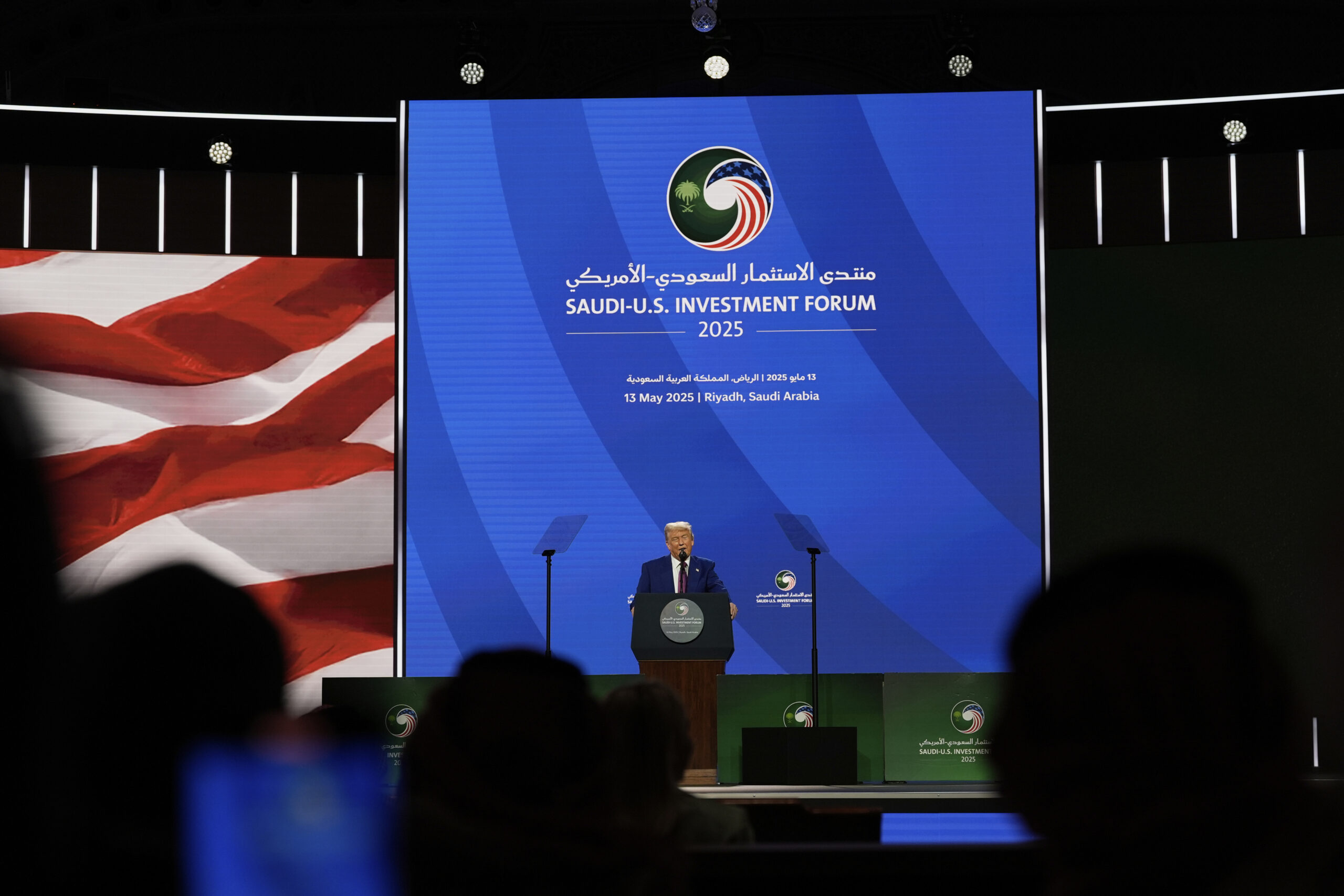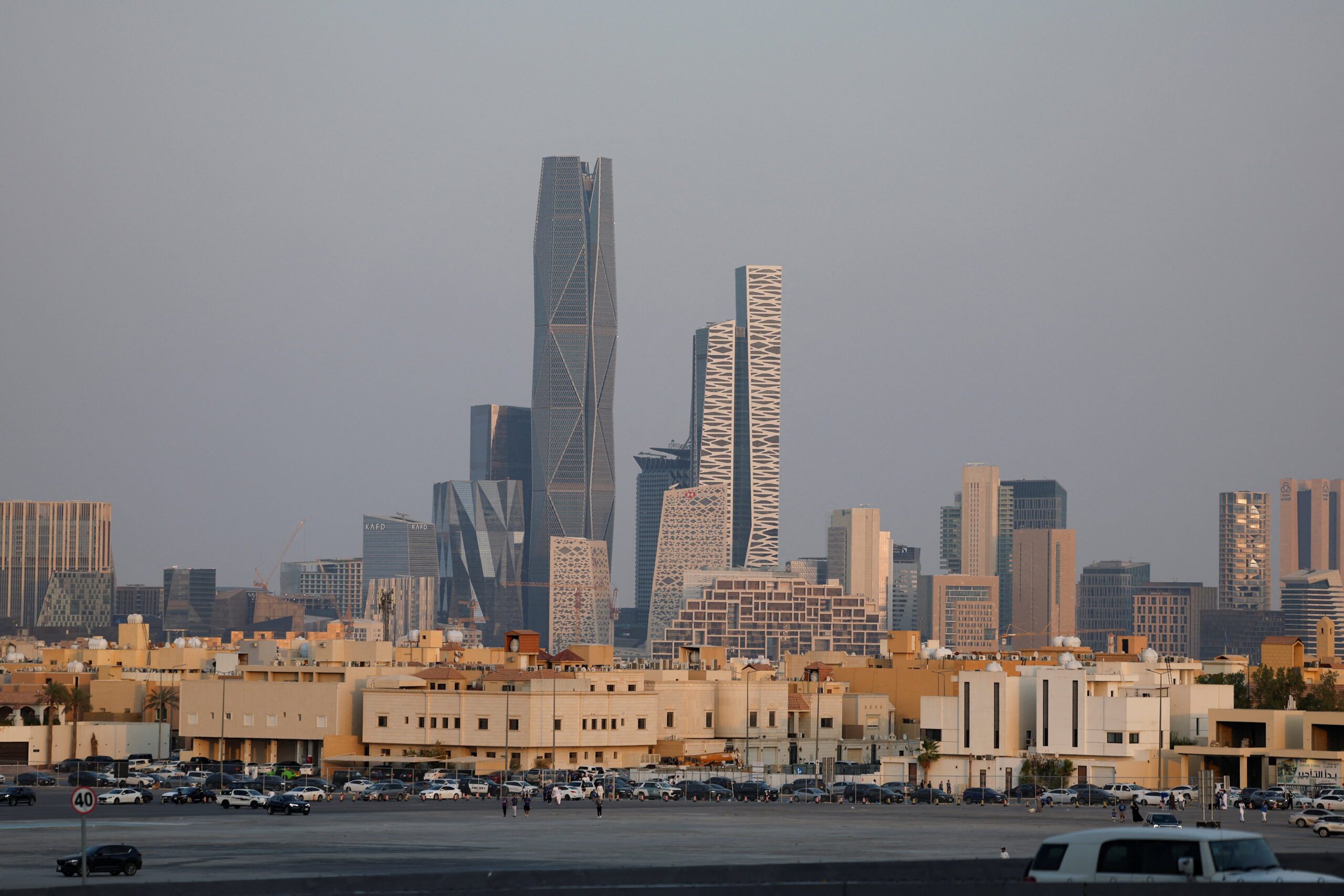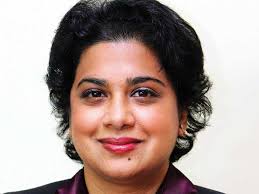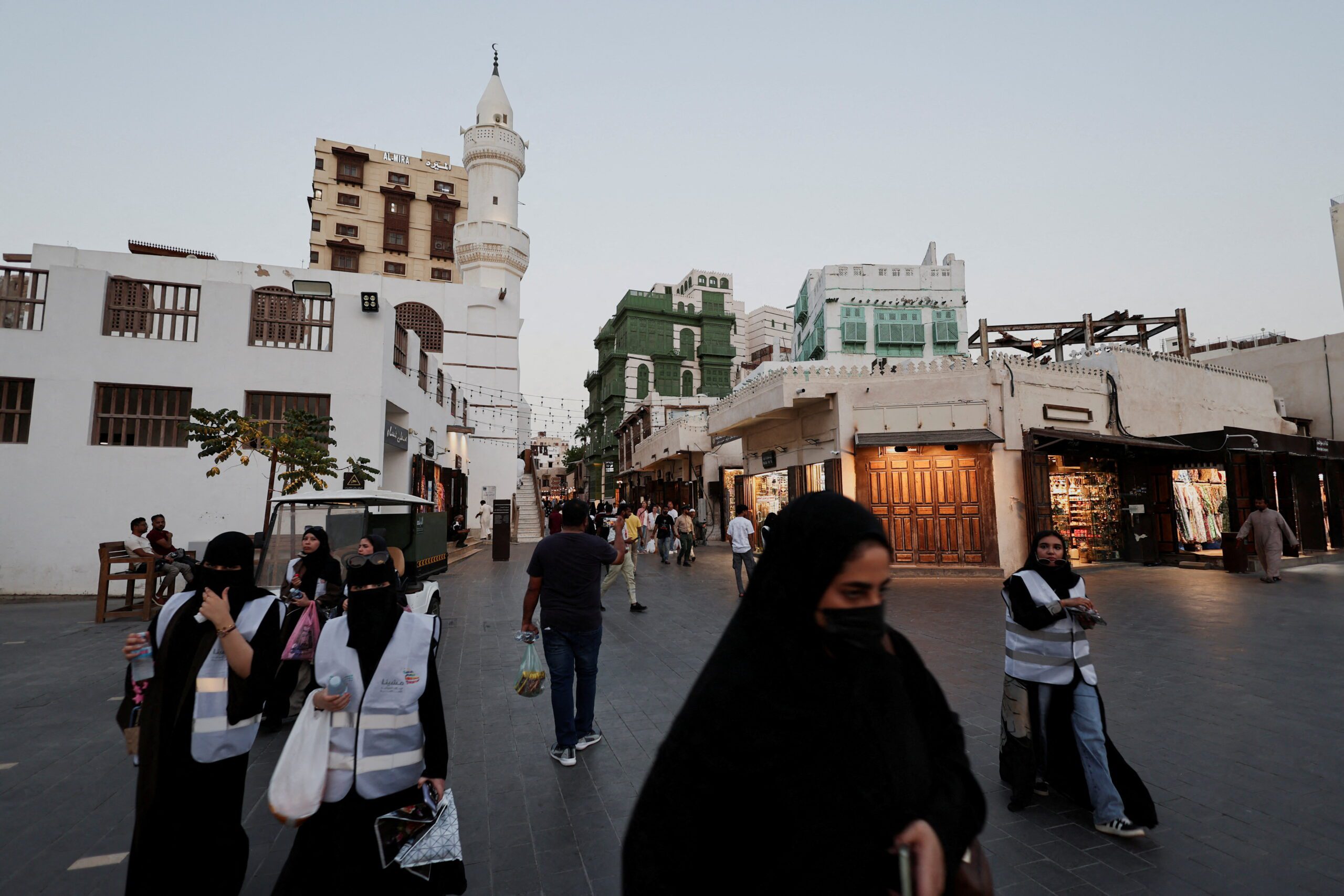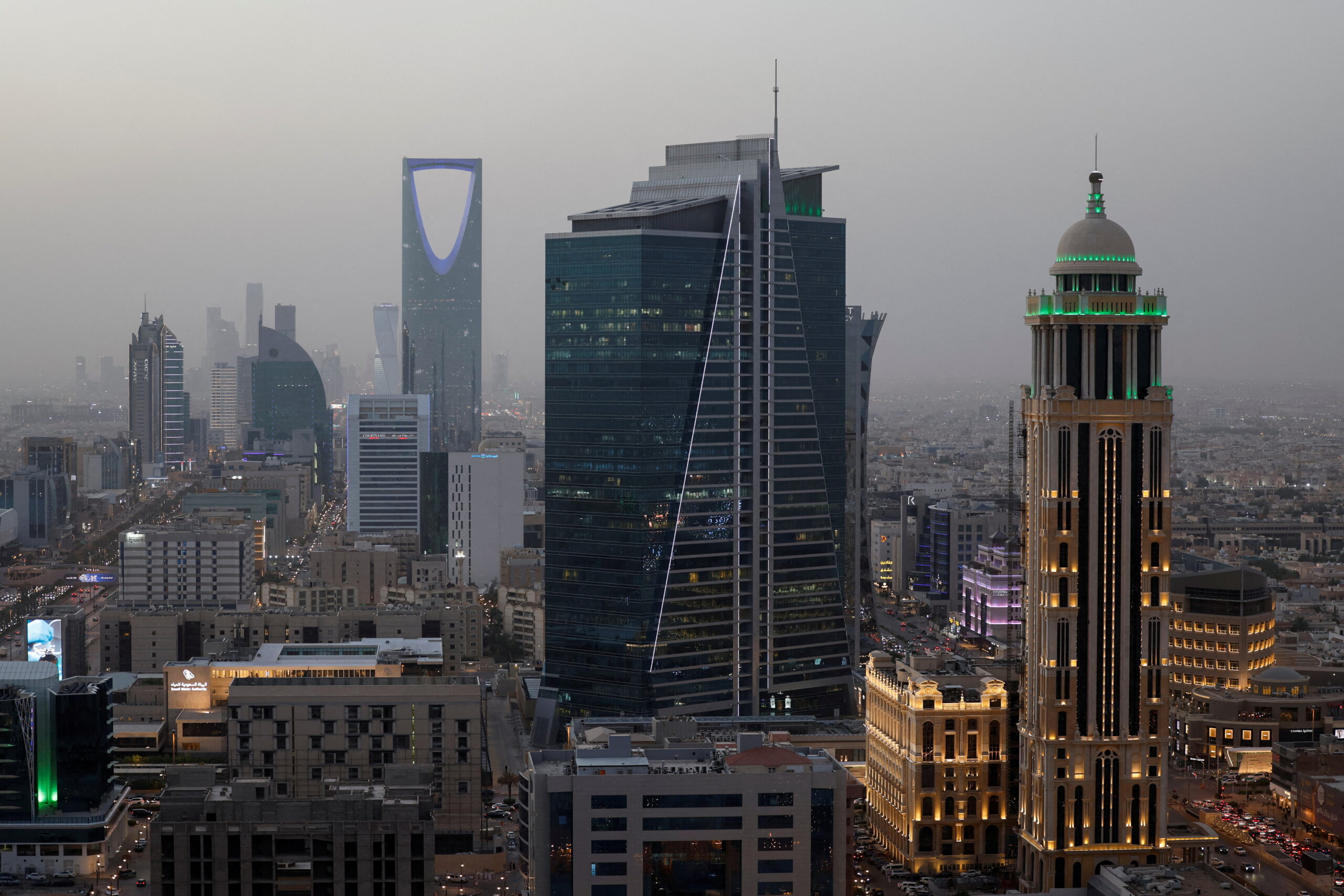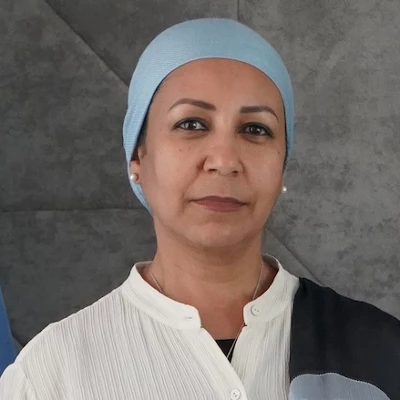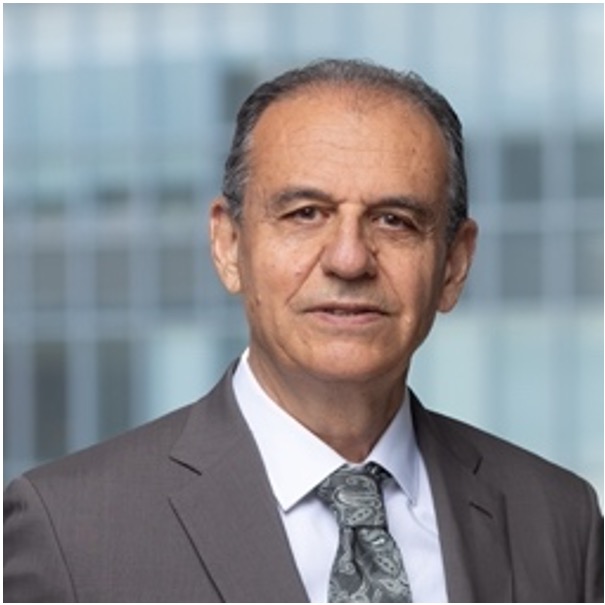Aug 6, 2024
Strong Spending Growth Likely to Result in a Larger Government Budget Deficit
Fiscal data for the first half of 2024 suggests that the government fiscal deficit will be larger than budgeted due to continued strong spending growth.
Central government spending (which does not include the Public Investment Fund) was 12% higher in the first half of 2024 compared to the same period in 2023. Strong growth was evident in most spending categories including capital projects – consistent with the acceleration of the Vision 2030 project – goods and services, financing expenses, subsidies, and social benefits. Spending on social benefits has already exceeded the full-year budget allocation as additional assistance provided to citizens to alleviate cost of living pressures was extended through the end of 2024, and the basic minimum pension for social security beneficiaries was raised.
It is unlikely that the annual spending target set in the 2024 budget – a 3% decline relative to 2023 – will be achieved. This is not a surprise. Spending has consistently exceeded the budget allocation (2019 is the only recent exception). It is also usual for spending to be higher in the second half of the year than in the first half. Excluding the coronavirus pandemic year of 2020, since 2018, 54% of government spending has taken place in the second half of the year. This suggests the spending overrun this year could be larger than implied by the first half numbers.

Source: Ministry of Finance and author projections
Note: Actual expenditure in 2024 is projected by the author
Government revenue grew strongly in the first half of 2024 and looks set to exceed the budget estimate. Oil revenue was up by 10% relative to the first half of 2023 as the government benefitted from higher dividends from Saudi Aramco. Non-oil revenue increased by 6% with robust growth in taxes on goods and services. Typically, a little over one-half of non-oil revenue is received in the first half of a year, while oil revenue tends to move during the year with swings in the oil market.
Larger-Than-Budgeted Fiscal Deficit
Assuming the usual seasonal pattern of spending and revenue holds this year and oil output and prices remain around current levels, a larger-than-budgeted fiscal deficit is likely in 2024. The deficit could be around 120 billion Saudi riyals (about 3% of gross domestic product) compared to the budget estimate of 79 billion Saudi riyals (1.9% of GDP). If the government reins in spending in the second half of the year, the deficit could be smaller than this estimate. However, if oil prices decline further, driven by growing concerns about the U.S. and global growth outlook, this could pressure oil revenue by year end and result in a higher deficit.

Source: Ministry of Finance and author projections
Note: Expenditure, revenue, and fiscal balance in 2024 is projected by the author
The views represented herein are the author's or speaker's own and do not necessarily reflect the views of AGSI, its staff, or its board of directors.


